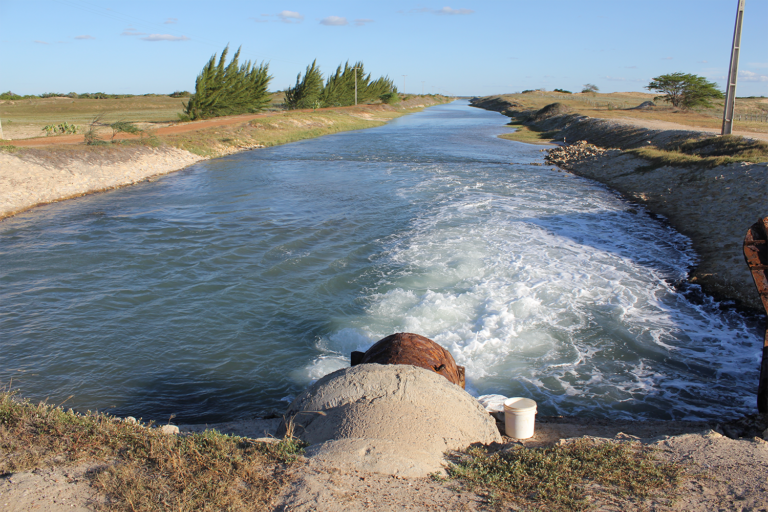
Responsibility
Strategies for reducing the phosphorus impact of freshwater fish farms
Greater knowledge of phosphorus processes is essential to reduce phosphorus pollution from open-flow fish farms and improve environmental performance.
Aquafeeds
Study reports that only up to 20 percent of carbon, 45 percent of nitrogen and 60 percent of phosphorus are assimilated by cultured fish.

Responsibility
Greater knowledge of phosphorus processes is essential to reduce phosphorus pollution from open-flow fish farms and improve environmental performance.
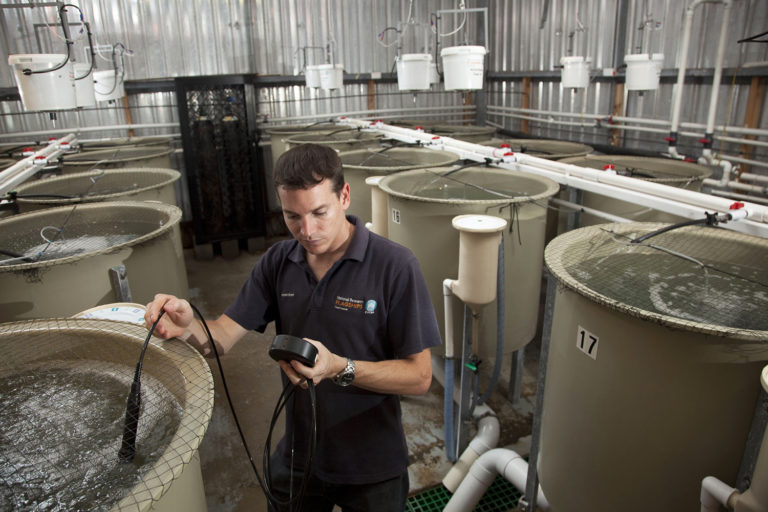
Health & Welfare
This study characterized the nutritional value of a high-quality poultry protein concentrate against standard poultry meal in barramundi juveniles.
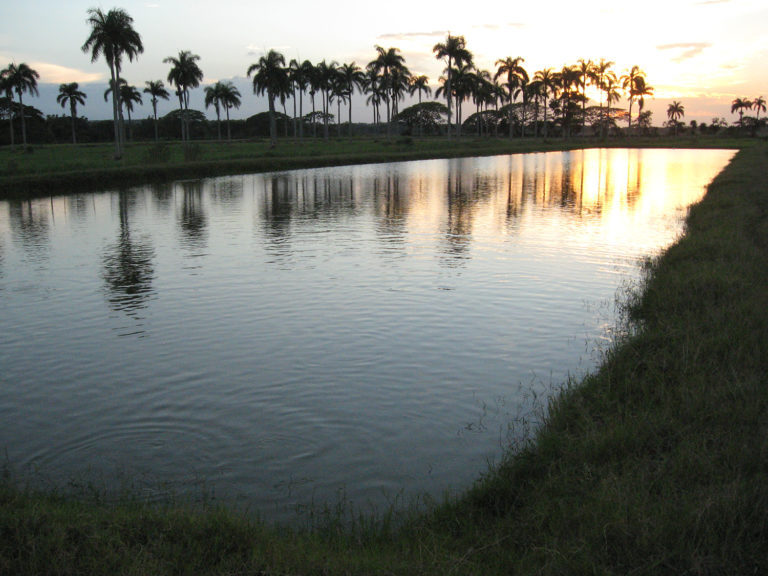
Responsibility
Intensification of pond aquaculture involves the use of commercial fertilizers such as urea and triple superphosphate to stimulate phytoplankton blooms. There is no objective way of determining the ideal fertilization rate for an individual pond.
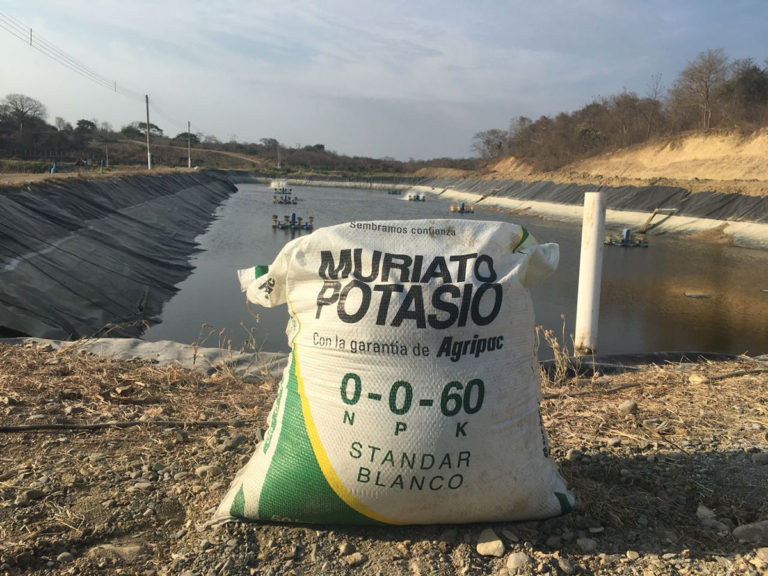
Responsibility
Commercial nitrogen and phosphorus fertilizers are widely used in aquaculture production systems to stimulate phytoplankton growth and the food web that provides natural food organisms beneficial to stocked fish fry and shrimp postlarvae.
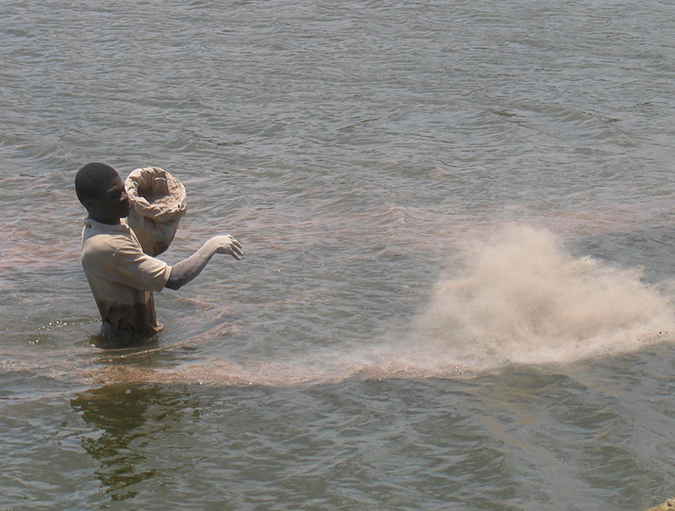
Responsibility
Nitrogen and phosphorus are the most important nutrients in fertilization of both freshwater and coastal ponds. Many factors that can affect the response of ponds to fertilizers are location-specific. Aquaculture pond managers will have to figure out the best procedure for a given location or even for an individual pond.
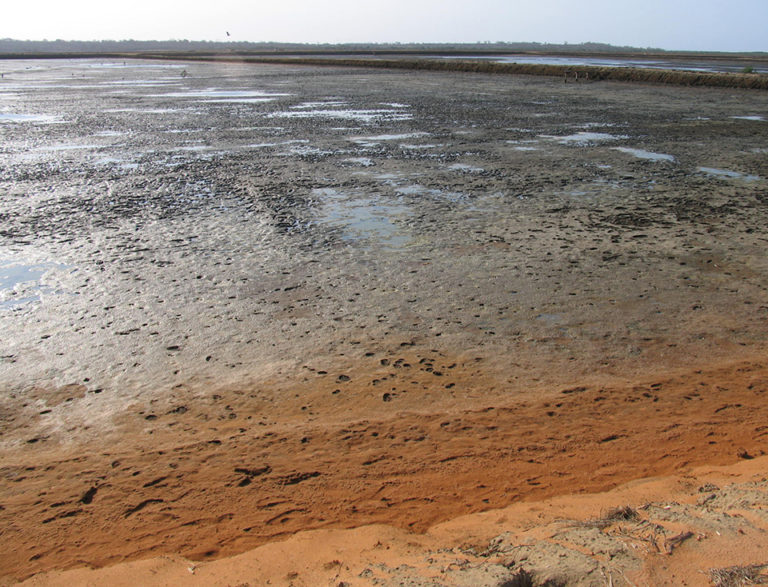
Responsibility
Alkalinity and acidity in pond water and soil interact and can result in unhealthy culture conditions. Ion exchange occurs between soil and water until an equilibrium is reached.
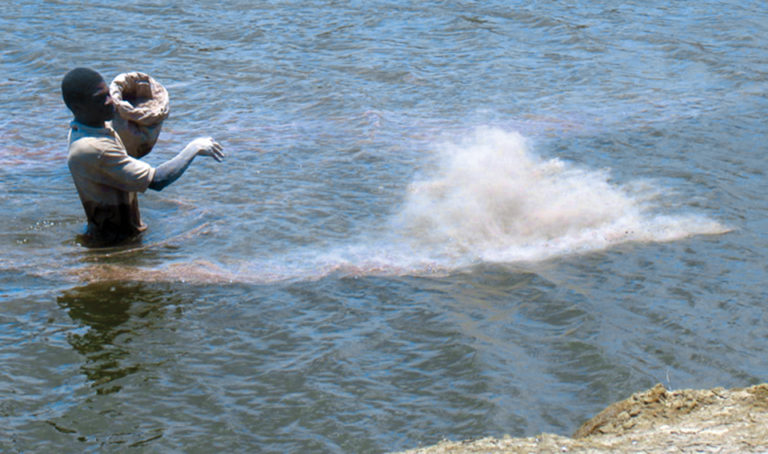
Responsibility
Phosphorus from uneaten feed and feces of culture animals can cause excessive phytoplankton growth and associated degradation of water quality.

Health & Welfare
Despite research challenges, ongoing work on phytase supplementation in shrimp is striving to enhance shrimp feed performance in similar ways.
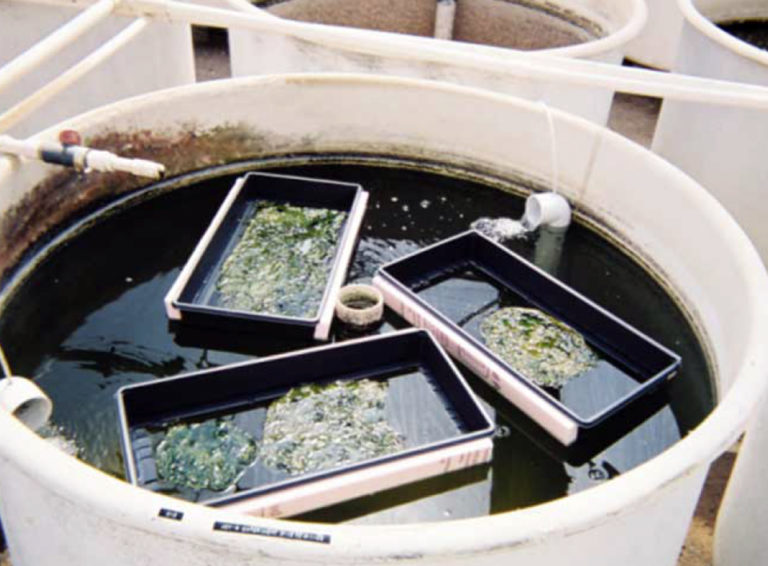
Responsibility
Research has shown that microbial mats are effective at removing nitrogen and phosphorus from aquaculture effluents.
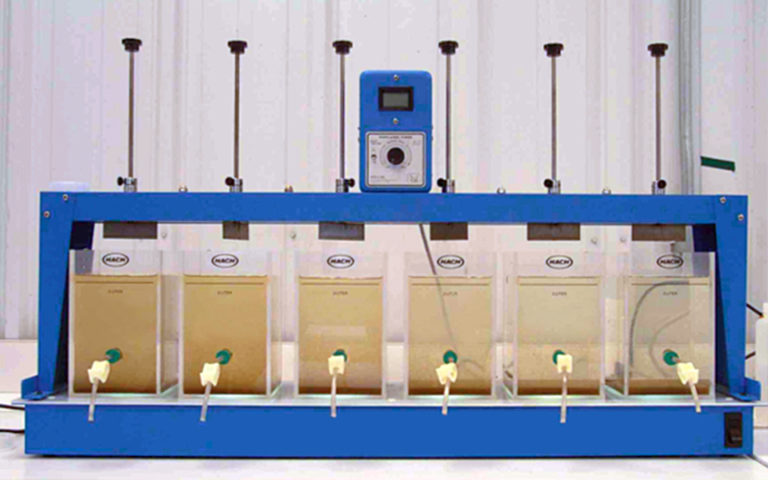
Responsibility
Phosphorus is one of the most scrutinized nutrients discharged by aquaculture systems, due to its potential eutrifying impact on receiving bodies of water.